Original Credit To:
Kayoko's Airbus A330-200RR
Note: This livery uses an old version of Kayoko’s A330-200 as a new updated version was released whilst I was in the middle of constructing the livery. I contemplated moving to the newer version, but it would take a lot of time to transfer and rebuild a livery.
GalacticaAsia's Airbus A330-300RR
UsernameTH5's Airbus A330-200 SwissAir
Special Thanks To:
SimplePlanesJP11 for helping fix several issues with the aircraft.
CanadianAircraftBuilder for helping touch up the livery and change some colors.
Freerider2142 for basic technical advice
Aircraft instructions can be read in game, and should be read before flying
About the Airbus A330 & -200 Variant

The prototype A330-200 (Registration F-WWCB) painted in the Airbus House Livery.

The simulator cockpit of a Lufthansa A330-200

The passenger cabin of a Delta Airlines A330-200
The Airbus A330 is a wide-body aircraft developed and produced by Airbus. Airbus conceived several derivatives of the A300, its first airliner in the mid-1970s. Then the company began development on the A330 twinjet in parallel with the A340 quadjet and launched both designs with their first orders in June 1987. The A330-300, the first variant, took its maiden flight in November 1992 and entered service with Air Inter in January 1994. The slightly shorter A330-200 variant followed in 1998.
The A330 shares its airframe with the early A340 variants, having two main landing gear legs instead of three, lower weights, and slightly different lengths. Both airliners have fly-by-wire controls as well as a similar glass cockpit to increase the commonality. The A330 was Airbus's first airliner to offer a choice of three engines: the General Electric CF6, Pratt & Whitney PW4000, or the Rolls-Royce Trent 700. The A330-300 has a range of 11,750 km or 6,350 nmi with 277 passengers, while the shorter A330-200 can cover 13,450 km or 7,250 nmi with 247 passengers. The A330 is the third most delivered wide-body airliner after the Boeing 777 and Boeing 747. It competes with the Boeing 767, smaller variants of the Boeing 777, and the 787.
The A330-200 is a shortened, longer-range variant, which entered service in 1998 with Korean Air. Typical range with 253 passengers in a three-class configuration is 13,400 km (7,240 nmi; 8,330 mi). The A330-200 is ten fuselage frames shorter than the original -300, with a length of 58.82 m (193 ft 0 in). To compensate for the smaller moment arm of the shorter fuselage, the vertical stabilizer height of the -200 was increased by 104 cm (40.9 in). The -200's wing was also modified; structural strengthening of the wing allowed the maximum takeoff weight of the -200 to be increased to 229.8 tonnes (507,000 lb). The -200 is offered with three engine types similar to those found on the -300, namely the General Electric CF6-80E, Pratt & Whitney PW4000, or Rolls-Royce Trent 700. Airbus also boosted fuel capacity to 139,100 L (36,700 US gal) by adding the centre section fuel tank, standard in the A340.
About Air Transat
IATA Code: TS
ICAO Code: TSC
Callsign: AIR TRANSAT
Primary Hub: Montréal–Trudeau International Airport, Quebec, Canada (IATA Code: YUL)
Headquarters: Montréal, Quebec, Canada

Air Transat's current logo

An Air Transat Lockheed L-1011, C-FTNA, at Amsterdam Airport Schiphol (IATA: AMS / ICAO: EHAM) on June 4th, 1993, wearing the retro livery.

An Air Transat Boeing 757-28A, C-GTSN, at Orlando International Airport (IATA: MCO / ICAO: KMCO, on September 23rd, 2002, wearing the classic livery featuring a solid blue star.

An Air Transat Airbus A310, C-GPAT, at Munich Airport (IATA: MUC / ICAO: EDDM) on September 26th, 2012, wearing an updated livery featuring the outline of a star. In 2005, this aircraft operating as Flight 961 lost its rudder surface in flight and landed safely

An Air Transat Boeing 737-8Q8, C-GTQJ, at Fort Lauderdale–Hollywood International Airport (IATA: FLL / ICAO: KFLL) on December 24th, 2019, wearing a special livery featuring greetings in multiple languages.

An Air Transat Airbus A321-271NX, C-GOIF, at London Gatwick (IATA: LGW / ICAO: EGKK) on February 14th, 2024, wearing the current livery... Man, talk about corporate logo de-evolution.
Air Transat is a Canadian airline based in Montreal, Quebec. Founded in 1986, it is the country's third-largest airline behind Air Canada and WestJet, operating scheduled and charter flights currently serving 76 destinations in 25 countries as of October 2022. Air Transat is owned and operated by Transat A.T. Inc., with a fleet of 31 aircraft at the time of writing.
Air Transat made its inaugural flight on 14 November 1987, travelling from Montreal to Acapulco. Six years later, Air Transat assumed defunct Nationair's maintenance base and aircraft. It is a wholly owned subsidiary of Transat A.T. Inc.
The airline has received several awards and titles, such as being named as the World's Best Leisure Airline several times. Recently however, the airline was hit hard by the COVID-19 pandemic, cancelling most of its flights for over a year, and came under fire for failing to refund customers who had to cancel travel plans. As of the time of writing, the airline is slowly recovering and has resumed flights.
Air Transat Flight 236: Running on Empty

The accident aircraft (Registration C-GITS) at Frankfurt Airport (IATA: FRA) in Frankfurt, Germany on July 22nd, 2005, 4 years after being repaired and returned to service
Disclaimer: Not an actual pilot or aviation expert. This should not be used as a factual source.
On August 23rd 2001, an Air Transat A330-243 equipped with two Rolls-Royce Trent 700 engines was scheduled to operate as Air Transat Flight 236 with international service from Toronto Pearson International Airport (IATA: YYZ) in Toronto, Ontario, Canada, to Lisbon Airport (IATA: LIS) in Lisbon, Portugal, carrying 306 occupants. 293 passengers, 11 cabin crew members, and 2 pilots. Most of the passengers were either Canadians vacationing in Portugal, or Portuguese nationals returning home.
The aircraft took off from Toronto at 00:52 UTC with 46.9 tonnes of fuel, having about 5 tonnes more fuel than required. By all means, the aircraft showed no indications that it would be anything other than a normal flight, as the aircraft was only two years old, having been delivered to Air Transat on April 28th 1999, and had recently undergone routine maintenance. The predicted forecast for the Atlantic crossing was relatively clear and calm, the only significant difference in the flight was that in order to avoid air traffic congestion, the path of the flight was shifted 60 miles south of the original route. This is a small detail, but will make all the difference later.
The flight went without any issues and was completely routine until when roughly 4 hours into the flight, when at 4:38 UTC, or roughly half past midnight (now August 24th) over the middle of the Atlantic Ocean and completely unknown to the crew, deep within the right side number 2 engine, a fuel line fractured, and started leaking fuel at an alarming rate.
In the cockpit is an experienced flight crew consisting of First Officer Dirk DeJager who at the time had 4800 flight hours with 386 hours on the A330, and Captain Robert Piché, who at the time had a staggering 16,800 flight hours, 796 of them being on the A330. Together, the two pilots have 21000 combined flight hours. They are by no means rookies.

F.O Dirk DeJager (Left) and Captain Robert Piché (Right) at a news conference several days after the accident
Every 30 minutes of the flight, the crew check their position over the Atlantic and check the aircrafts fuel consumption with what is written on the charts. This is one of the manual tasks that needed to be performed by the crew. At 5:03 UTC, the pilots receive the first warning, showing that the No.2 engine had low oil temperature and high oil pressure, an indirect result of the leak. This reading is incredibly unusual, and leaves both pilots puzzled. The readings are typically indicative of a bad sensor or oil contamination, and was not explained in the A330 manuals. The pilots have no reason to suspect that anything is terribly wrong with the aircraft, but they still contact Air Transat maintenance back in Montreal. Piché shares with maintenance that he believes that they are experiencing false warnings as a result of a computer error. Maintenance advises the crew to monitor the situation as ground crews have no solution either. However, there is still no reason to signify any danger or threat to the aircraft, and the aircraft continues on route.
About twenty minutes later at 5:36 UTC, the crew receives a fuel imbalance warning. This is a much more serious warning, and the crew begins following the instructions given by the ECAM (Electronic Centralized Aircraft Monitoring System). The computer has detected that the fuel in the right wing fuel tank is much lower than that of the left. The A330 manual suggests that the crew transfer fuel through a cross-feed valve. However, before opening this valve, the crew must first make sure that the imbalance is not caused by a fuel leak. Still unaware of any fuel leak, the pilots initiate the cross-feed transfer. At this point, the aircraft is leaking one gallon/3.78541 litres per second, and still 300km from the nearest land at an altitude of 39,000ft/11887m. However, due to the unusual warnings, the pilots still believe that this is a computer error.

A330 Fuel Tanks Diagram
When F.O. DeJager carries out the fuel calculations again, he comes to a startling and alarming conclusion; the fuel quantity in the right tank has not risen but lowered. The F.O. carries out the fuel check several more times, only to realize that the calculations are correct. All the fuel tanks are starting to run dangerously low. Captain Piché still believes this is a computer error, but asks a flight attendant for a visual check of the right engine, though even with a high intensity flashlight, the flight attendant is unable to see the fuel streaming behind the aircraft as it is the middle of the night, and thus is pitch black outside the aircraft.
At 5:45 UTC, realizing that the situation is not improving and beginning to doubt that the problem is just a computer error, the pilots decide to divert to the nearest land, the Azores Islands and declare a fuel emergency.

An attempted drawing of the flight path by yours truly. The solid line indicates the main flight, the X representing the position of the aircraft when the emergency is declared, and the dotted line represents what happens next.
At 6:13 UTC, the worst fears of the pilots are confirmed as the No.2 engine flames out from fuel starvation. Captain Piché initiates a standard one engine flight descent to 33,000ft/10058m. At 6:23 UTC, the aircraft sends out the first Mayday. Three minutes later at 6:26 UTC, the unthinkable happens. The No.1 left engine flames out from fuel starvation.
Without the engines to provide power, everything from cabin lights to cockpit instruments shut off. In the middle of the night, Air Transat Flight 236 is now 75 miles/120km from the nearest land, with both engines dead and no power as the aircraft is plunged into complete and total darkness, the only noise now being the rushing of wind as the aircraft begins to drop. In the passenger cabin, oxygen masks drop and understandably there is some level of panic in the cabin, though it quickly gives way to an uneasy silence.
As a last resort, the aircraft automatically deploys a small spinning turbine into the airstream called the 'Ram Air Turbine', or 'RAT'. Commercial aircraft are like swiss army knives, with thousands of tools and many copies of each. The RAT is truly the last tool an aircraft can use in the event of a total loss of electrical power, even then, it can only provide just enough power for basic instruments and flight control.

The Ram Air Turbine on a Monarch Airlines A330-200
The situation is now dire as with only the RAT giving power, only critical sensors, flight instruments, and basic hydraulic pressure come online. The aircraft has no power for flaps, braking, or spoilers. The aircraft is identified by military radar at the Lajes Air Base. The crew estimates that with their current speed and altitude, they'll only be able to glide for 15-20 minutes before they have to ditch an A330 packed with passengers into the Atlantic Ocean. Captain Piché executes a series of turns and side to side maneuvers to lose speed and altitude. In addition to being an experienced commercial pilot, Captain Piché is also an experienced glider pilot. Gee, this story seems familiar.
Finally, the end seems to be in sight as the crew spots the Lajes Air Base and proceed to line up the aircraft with the runway. However, the pilots and all other crew and passengers on board are not out of danger yet. Remember that the plane only has enough electrical power for basic instruments and basic flight controls and some hydraulics, meaning that the A330 will be attempting to land with only slats and no flaps or spoilers to slow the aircraft down on its approach and landing. In addition to this the aircraft is still too high and too fast. There is only one chance to land the aircraft and not enough time to circle around to burn off speed and altitude. This is the only window of opportunity to land the aircraft, and the pilots take that window. Captain Piché pitches the nose of the aircraft down, diving for the runway before leveling off the plane and attempting to hold it steady as it rockets towards the runway threshold at breakneck speeds.
At 6:45 UTC, the A330 lands incredibly hard at a speed of 200 knots at the Lajes Air Base, well over the normal landing speed range of an A330. The aircraft touches down well past the initial threshold of the runway, bounces once, and touches down hard again. Without electrical power, the aircraft cannot operate spoilers, reverse thrust, or fully utilize braking to slow the aircraft. Without full operation of the anti skid system which allows the tires to spin momentarily while braking, the eight wheels of the main landing gear lock up, and almost instantly deflate after touching down.
Both pilots use full emergency braking as the aircraft shoots down the length of the runway. Slowly but surely, the aircraft starts to decelerate. Finally, at a distance of only 2400ft/731.5m from the end of the 10000ft/3048m runway, the aircraft comes to a stop after 20 minutes of terror. 16 minor injuries were sustained during the hard landing, while 2 more serious injuries were sustained during the evacuation process. The aircraft itself suffered significant structural damage from the hard landing and subsequent deflation of the tires, which flung metal shrapnel up into and through the fuselage. The main landing gear themselves were completely shredded and partially grinded down,

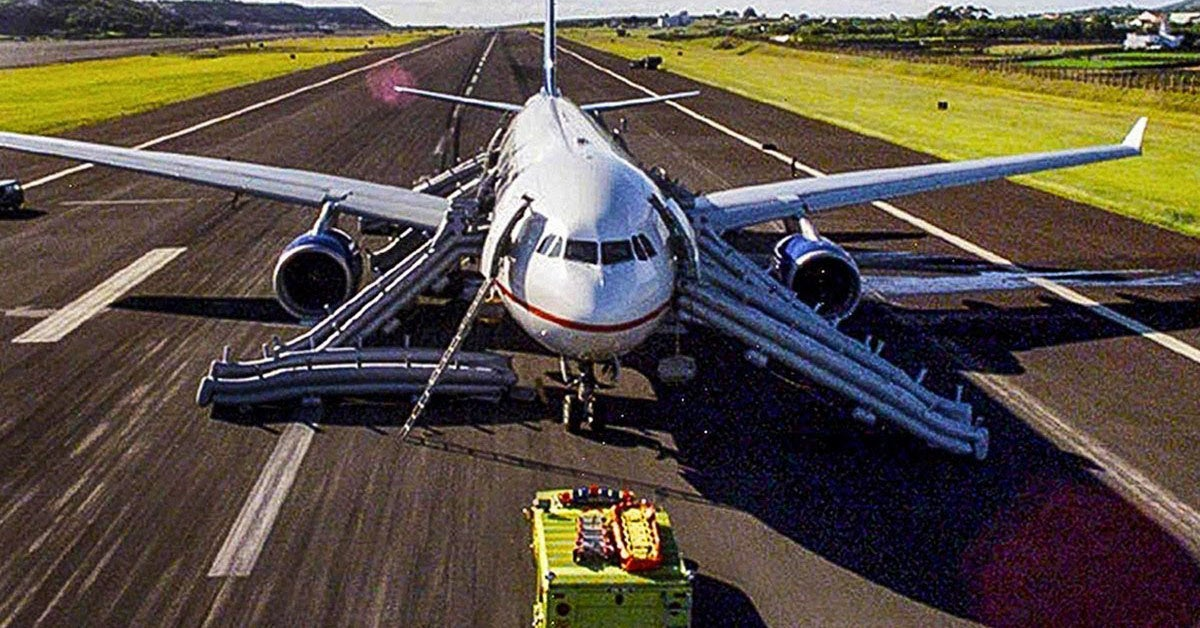
The aircraft stopped on the runway with emergency slides deployed

The shredded landing gear
In the end, all 306 occupants survived the incident which would become known as the 'Azores Glider', and earn a world record for the longest glide ever performed by a commercial airliner (75 miles/120km).
An investigation would reveal that the fuel leak was caused by fuel lines rubbing against an incorrectly sized hydraulic line inside the No.2 engine. During maintenance, the No.2 engine was swapped out with an older model of the same type which did not include a hydraulic pump. The airline allowed the installation of a part from a similar engine, though this part was too large, leading to friction occurring between the fuel lines and the faulty hydraulic pump. This would lead to several airworthiness directives being issued ensuring new flight procedures in the event of a fuel leak on A330 and A340 aircraft, and for all operators of aircraft in the A320 family to revise their flight manuals. Air Transat ultimately accepted responsibility for the accident and was fined 250,000C$ by the Canadian Government.
It was also found that without the 60 mile route change and extra fuel stated earlier, the outcome of this situation would have been much different, as the change in route put the plane within gliding range of the Azores, and the extra fuel means the aircraft was able to create thrust for just a bit longer.

A cracked fuel pipe from the No.2 engine
The aircraft, while highly damaged, was still salvageable. The A330 would be repaired and returned to service with Air Transat in December of 2001, continuing service until 2021. On October 18th 2021, the aircraft would returned to its lessor, AerCap, and be flown from Toronto to the ‘boneyard’ at Pinal Airpark (IATA: MZJ / ICAO: KMZJ) in Arizona, a long term aircraft storage area in the Mojave Desert where many planes go to die. Sadly, the aircraft would then end its legacy with its scrapping in 2022.

The aircraft taxiing at Manchester Airport (IATA: Man) in Manchester, England on September 20th 2019
During the investigation, both pilots would be investigated, with pilot error initially being a primary cause of the incident, especially with Captain Piché's background which involved him smuggling Marijuana into the US by plane. He was ultimately caught and was sentenced to a 5 year prison sentence in 1983 though he only served 16 months of the 5 year sentence and was released in March of 1985.
Regardless of this and some eyes scrutinizing the pilots, both pilots returned home as heroes in Canada, and pilot error was ultimately eliminated as a cause from the final report. In 2002, both pilots would receive the Superior Airmanship Award from the Air Lines Pilot Association International (ALPA), one of the highest civilian aviation awards that can be granted behind the Polaris Award.

ALPA President Captain Duane Woerth (left), Captain Robert Piché (Middle), and F/ODirk DeJager (Right) receiving the superior airmanship award.
F/O Dirk DeJager continues flying today, while Captain Robert Piché would retire in October of 2017.

Captain Robert Piché in 2017
GPIAA Final Report
General Information on Aircraft
ASN Entry
Wikipedia Page
About Captain Robert Piché Pt 1
About Captain Robert Piché Pt 2
In Depth Video Explanation
Specifications
Spotlights
- HazeX 3.0 years ago
- RicardoACE one month ago
- AS49 3.1 years ago
- Inuyasha8215 1.8 years ago
- ShootsPlanes 3.1 years ago
- TheCommentaryGuy 3.1 years ago
- KyonIndustries 3.1 years ago
- JP11 3.1 years ago
- TheFlightGuySP 3.1 years ago
General Characteristics
- Successors 2 airplane(s) +28 bonus
- Created On Windows
- Wingspan 202.6ft (61.7m)
- Length 193.8ft (59.1m)
- Height 55.3ft (16.9m)
- Empty Weight N/A
- Loaded Weight 107,121lbs (48,589kg)
Performance
- Power/Weight Ratio 1.762
- Wing Loading 18.5lbs/ft2 (90.3kg/m2)
- Wing Area 5,792.5ft2 (538.1m2)
- Drag Points 24127
Parts
- Number of Parts 594
- Control Surfaces 13
- Performance Cost 3,651

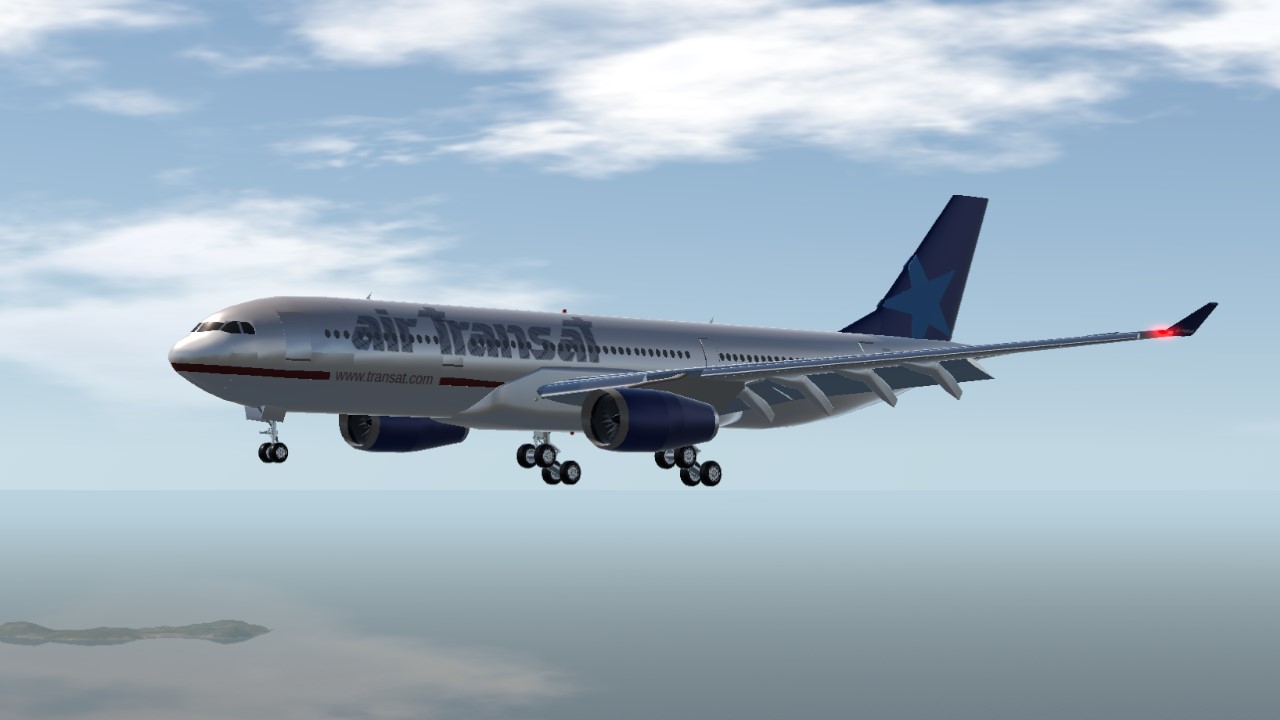
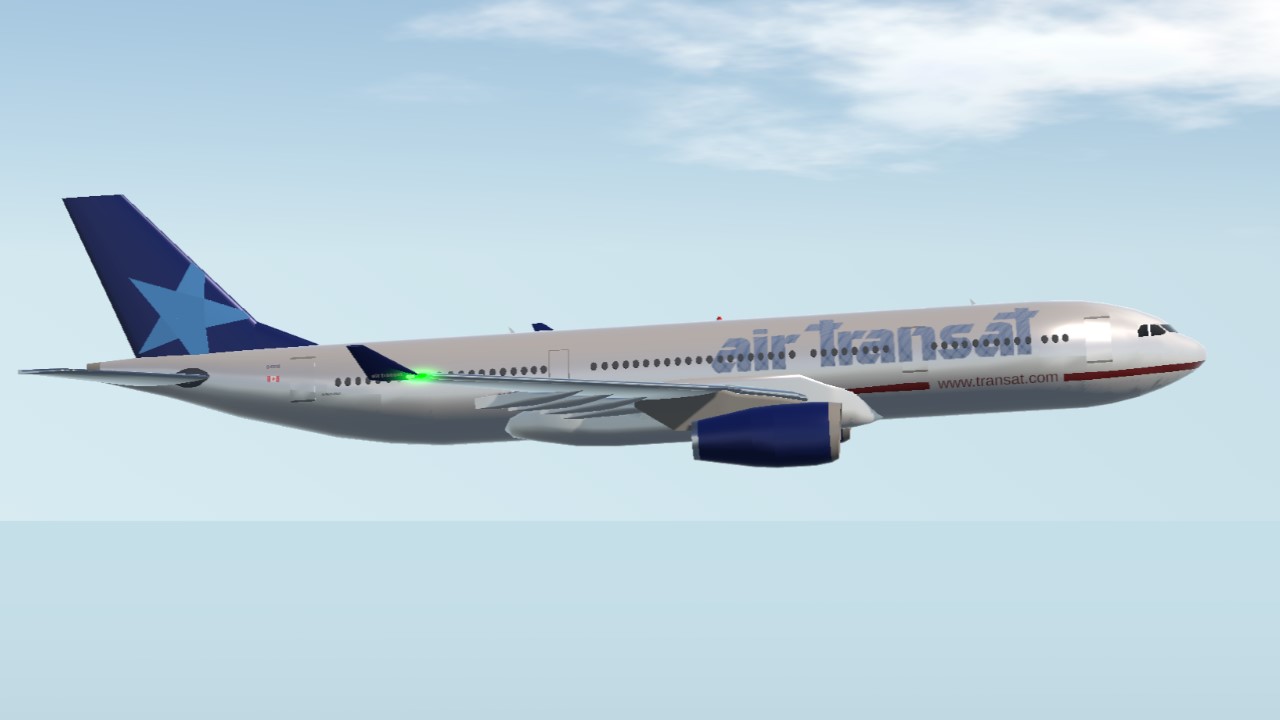

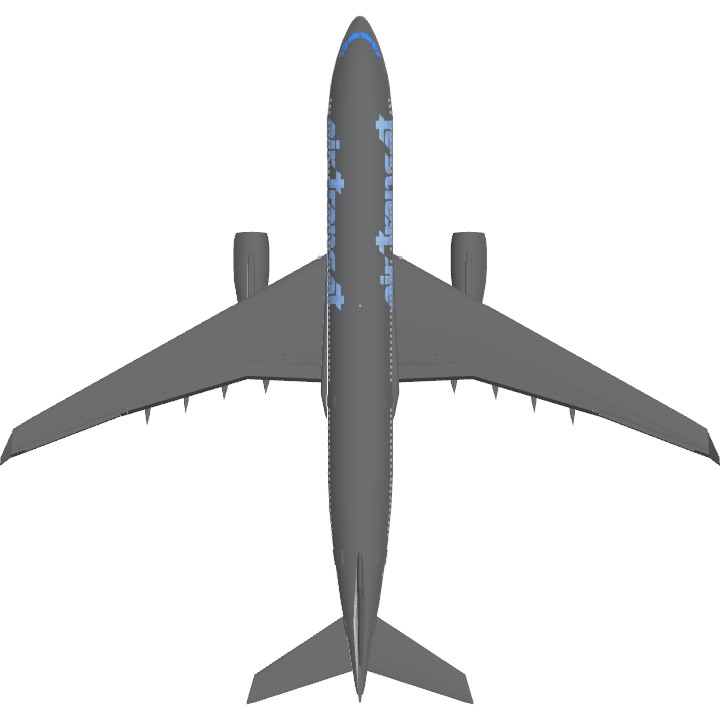
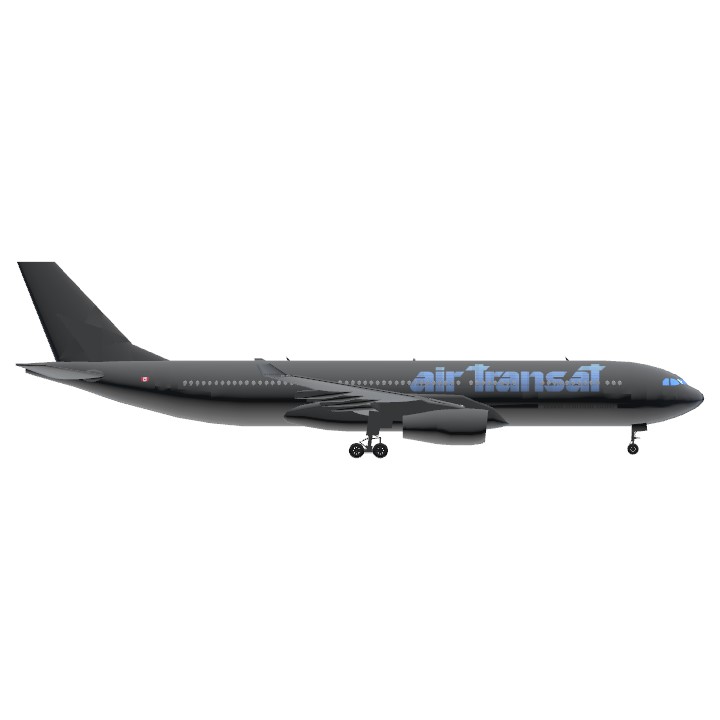
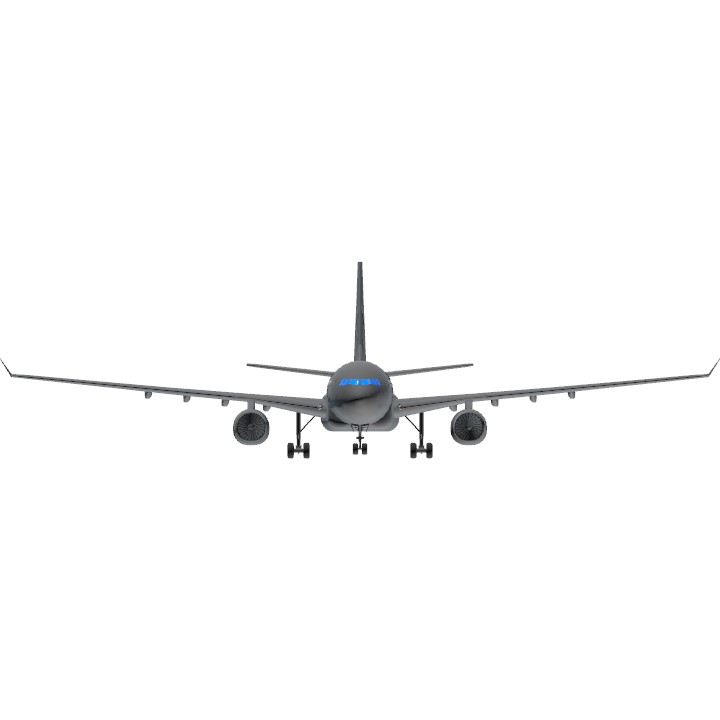
Comments Link
Requested Tags:
@TheFlightGuySP @CanadianAircraftBuilder @hpgbproductions
Requested Tags:
@Bryan5 @SimpleplanesJP11 @ReinMcDeer
Original Creator Credit Tags:
@Kayoko @GalacticaAsia @UsernameTH5
@LegoGuyUAL184
Negative. This is a shoddier, lower quality piece of work back from around when I first started.
The autocredit system that allows you to be linked to the original build never worked when uploading this, hence why I manually linked the original creators at the start of the description. They did all the hard work, all I did was slap on some text labels and do some funky stuff with fuselage blocks. Might remaster this in the future.
The plane is not self made and I don’t take credit for building it.
it’s selfmade bro
@Noama15
To answer your question, this project was done way before I learned to do cockpit interiors. Note I didn’t made the cockpit myself, the original creator, GalacticaAsia made the actual plane.
More of my recent stuff has actual cockpits.
Why did you post a so good cockpit then it is almost nothing in there???? (But it is good)
How to be a true giga chad pilot:
Step 1. Fly without fuel
That's it!
@DeadlyDialga thanks
@PZLAerospace
AC143 has been done many many times. Don’t you worry though… got lots of things coming
Do Air Canada 143.
@JJsimple
LOL
@JJsimple
Air Canada - 143 be like;
Bruh really? Smh... GAS GAS GAS, I GOTTA STEP ON THE GAS!/DEJA VU! slide-slip
@CR929thenewSPplayer
Sorry for the late reply. Thank you!
NICE! @DeadlyDialga
@JJsimple
Retort: England never existed in the first place. It’s all a lie.
@KangIntel
’Damn it Jesse, just use the Red Bull (Not sponsored). Jesse, it’ll give you wings.’
@CanadianAircraftBuilder We Dont Have Any Fuel Sources So Can You Make Some Or Make Me Some M E T H
@JJsimple
What can I say? "I've got my own to debate online"
@JJsimple
Just do what Bee Movie did and have the bees fly the plane by pushing it up and slowing the descent. 100% scientifically accurate. My source for this scientific information is Dreamworks Bee Movie starring Jerry Seinfeld, and that I made it the f*ck up.
@JacksEpicGamingYT
Perhaps. I might experiment with SP Plus myself for this next one. I'll let you know if I need a hand.
@JacksEpicGamingYT
Thanks for the offer, but writing out the description is my favorite part! It requires a bit of reading and research, but its pretty rewarding!